I’ve been impressed with many of these affordable IEMs that brandish audiophile design qualities. Qualities like hybrid driver systems and specialty cables that make the product appear like a pricier model. A lot of brands make use of these features to deliver more high-end, audiophile products. However, other manufacturers have proved that audiophile, and high-end aren’t mutually exclusive. Recently, we’ve taken a look at many different IEMs that gave me a detailed sound signature and great aesthetic design. SeeAudio is another new brand that I have been curious about, and I had the pleasure of testing out the YUME. Is it another home run for economical IEMs?
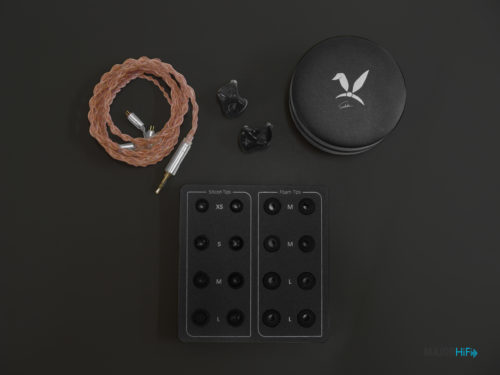
What You Get
Another aspect these brands have nailed down is presentation. All of the box’s contents are neatly organized and labeled accordingly, which is important when it comes to the assortment of ear tips provided. Aside from the earpieces themselves, and the metal case containing the earphone cable, the Yume includes a variety of ear tips you can use. In the box, you get four sets of silicon and four sets of foam tips you can choose between. This features your standard small, medium, and large variety, with an included extra-small in each set.
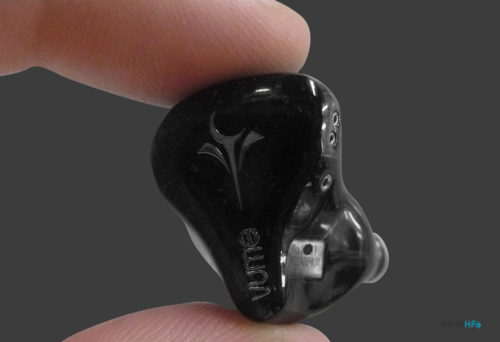
Look and Feel
The Yume contains a unique outer shell with an ergonomic, water droplet shape. They feature a transparent inner cavity that reveals the Yume’s driver components for an added cool factor, and the faceplate is a sparkly flake design that brings an extra aesthetic flair. With the inclusion of the silver insignia from SeeAudio’s logo, the Yume showcases an exceptional design. In terms of comfort, the Yume provides a decent fit with ample security. Some pressure could be felt by the cavity, but it’s not substantial. Having a wide selection of tips also helps with finding the right pairing more easily.
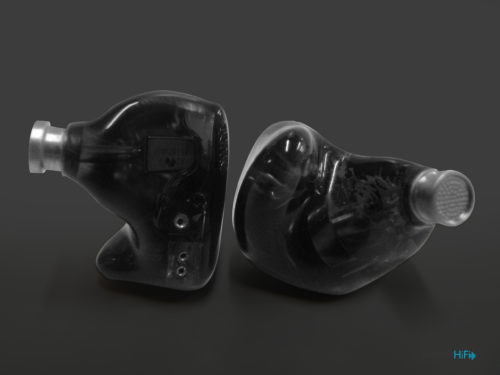
Design
Inside of the Yume is a special hybrid driver system. It features a single dynamic driver, as well as two balanced armatures. Starting with the dynamic unit, the diaphragm is made from liquid silicone which aims to eliminate distortion and provide higher durability against extreme temperatures. The balanced armatures are custom-tuned for a more complete, and smooth output. Tuning is perfected by acoustic engineers following the latest Harmen Target curve for an even higher level of fidelity. The drivers aren’t the only components that make up the Yume’s core design. SeeAudio uses L.F.C technology to remove any crossover noise, and produce a more consistent signal flow.
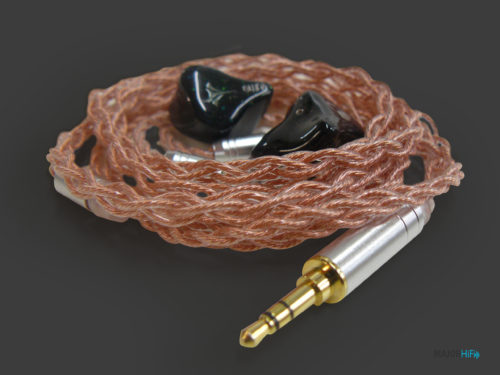
Output
Sufficient volume is rarely ever an issue with IEMs, especially ones that are sensitive to high gain. While this rings true with the Yume, it should be noted that the strength of the signal flow isn’t what you might be expecting. The Yume should give you a loud enough output with most devices, but I found the overall gain here to be a lot more relaxed level. No matter how high I raised the volume, the signal was always consistently softer than you would think is normal. That’s not to say the signal is weak, it’s just more concerned with providing the evenest output possible in order to properly showcase its level of detail more accurately.
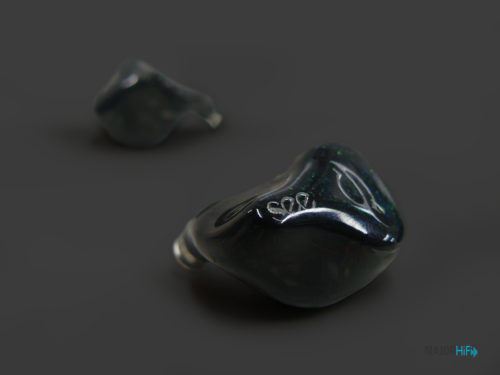
Soundstage
I think it’s safe to say now that you can expect a well-structured soundstage from any IEM like the Yume. Not many have blown me away, but they’ve always been well beyond average compared to other wired earphones at this price range. It’s rarely flawless but still brings more to the table than a lot of IEMs in this price range. A common element I keep hearing with these earphones is a wide but linear stage which the Yume is a proponent of. While the left and right channels are properly occupied with extensive positioning, it’s all presented with a narrow image.
All of the instruments and effects are properly communicated with decent separation but lack that extra height that helps bring the soundstage out of an internal headspace. With that being said, spatial imaging still features some respectable depth within its response. Hard pans to the left and right channel showcase some great clarity, especially when listening to the track “Second Skin” by The Chameleons. Here the sizzling hi-hats are placed the furthest they can be when balanced on the extreme left/right in the stereo field. This gives the track great bookends that focus the instruments while properly displaying their character.
Low End
When listening to the Yume for the first time, I didn’t get a sense of a powerful bass response. The most I got out of the lows was more toward the mids, where the tonality received some coloration, such as a more substantial punch and greater impact. However, that’s only compared to the more reserved tonality of the lows. The timbre takes a slower and laid-back approach in the sub-bass, giving you some good resonance when you want to give it the attention. Otherwise, it’s only a just noticeable bump in timbre. Low-end detail is present but remains tight and more controlled than what you might expect from a dynamic driver.
Mids
If your wondering where that rich, textured meat of the sound signature is, that’s more reserved for the midrange. The mids here are the standout of the Yume, with its exceptional sense of articulation and clarity. The timbre is clean and presents a full and realized portrayal of midrange sound elements. Most instruments respond with exquisite detail that naturally flows within each band of frequency. Guitars have an audible pluck to them, creating a more melodic tone to rock tracks. For my personal taste, the added reverb to the guitars of some post-punk tracks added that much more flavor to the sound signature. This also helped with vocals, which appeared properly defined in most mixes. The sounds here are performed with heightened energy and vivid dynamics.
Highs
The level of fidelity that exists in the mids is also reflected in an almost equally colorful treble. High-end elements pop with a crisp accentuation bringing an intimate and clear response with treble-related sound elements. They resonate with a certain sparkly that I’ve been sorely missing in a lot of IEMs. Pianos sound particularly blissful, like on the track “Berlin” by Lou Reed which gives the notes an almost harsh tonality that gives the piano a proper authority in the mix. The Yume’s tuning of the highs handles these peakier frequencies with enough control as not to be a detriment to more treble-sensitive listeners. The character provided here gives the highs enough freedom to make the sound signature even more detailed and enjoyable.
Summary
This is definitely an IEM worth looking out for. At $169 I can’t remember being this pulled in by so much midrange and high-frequency richness. The lows are well balanced but might not provide enough slam for some. In terms of the soundstage, the sense of width and separation is great but still sticks to a mostly linear quality of imaging. If it was brought out a little more this could be a truly special pair of IEMs, but they’re still worth well beyond this price in my book.
The SeeAudio Yume is available at Audio 46.
See where it ranks on our ranking list here.
MAJORHIFI may receive commissions from retail offers.








